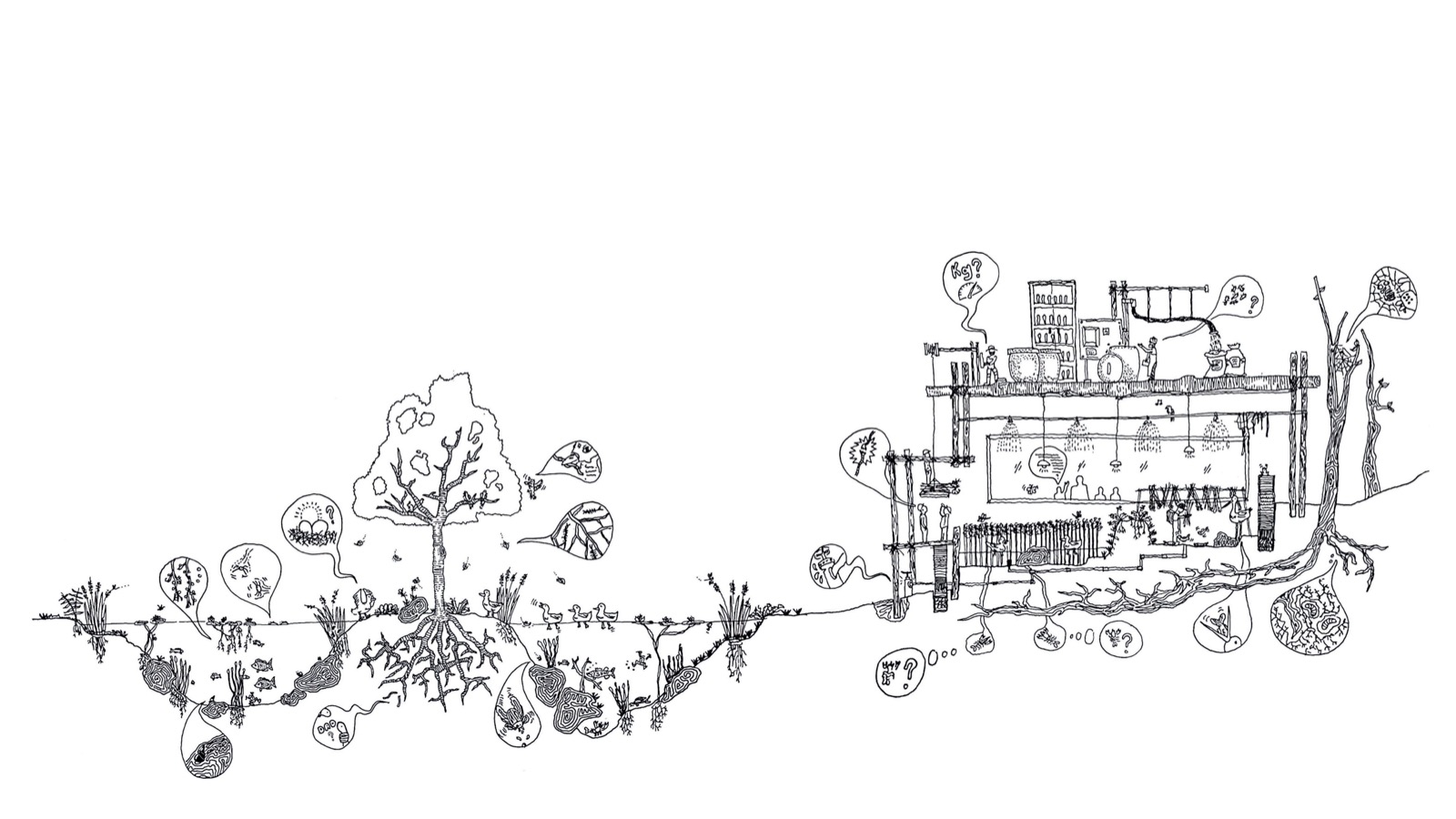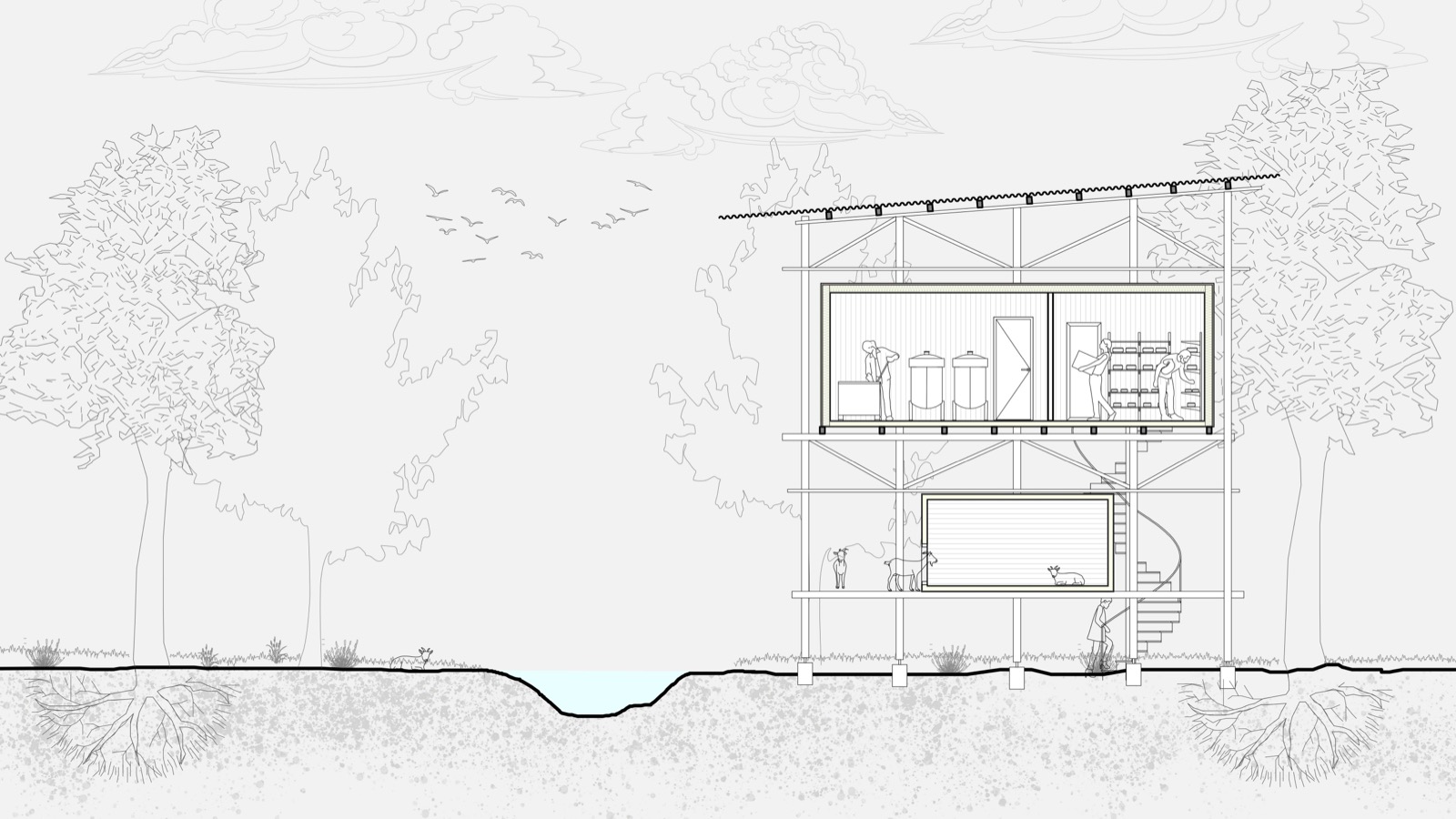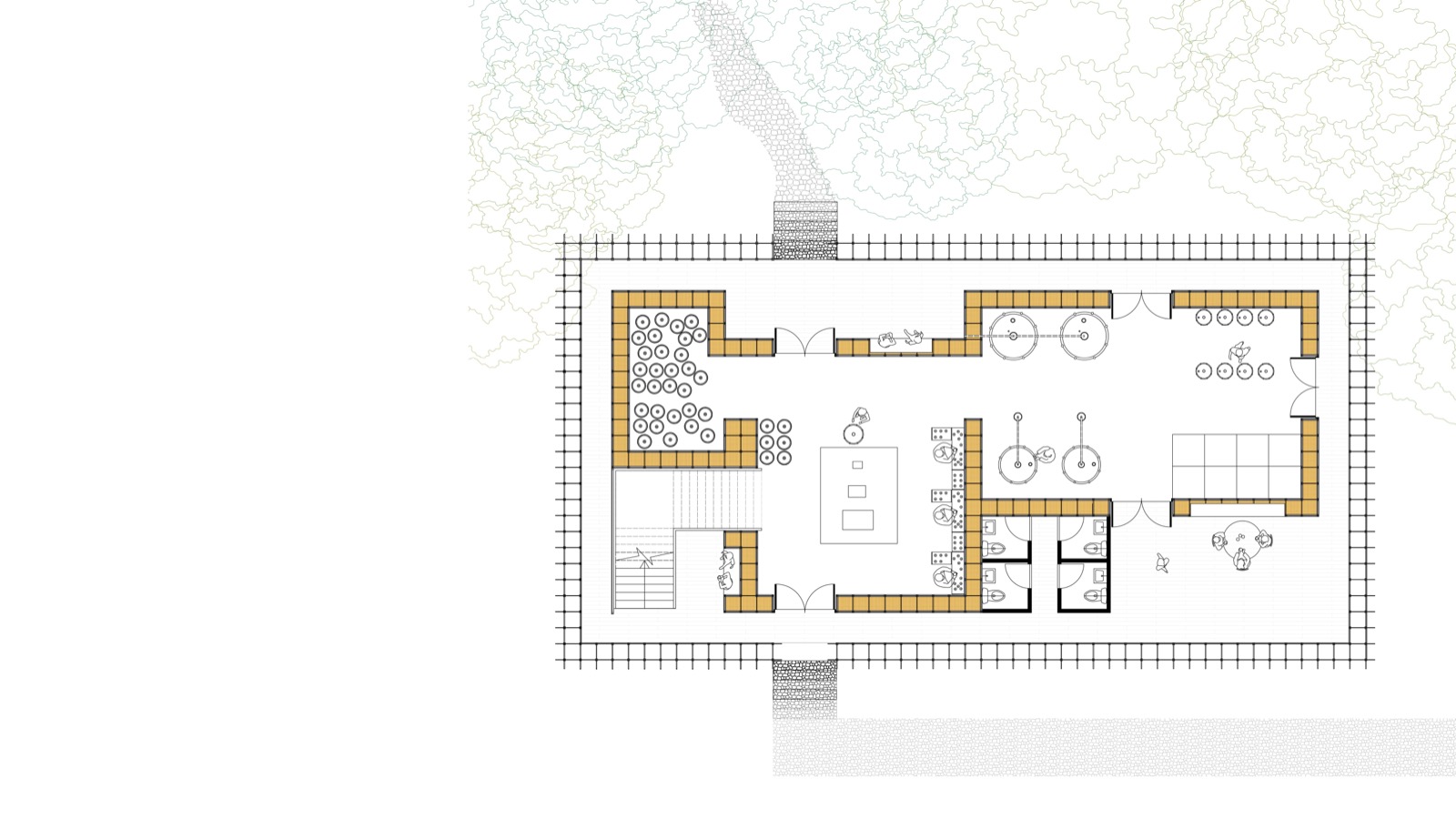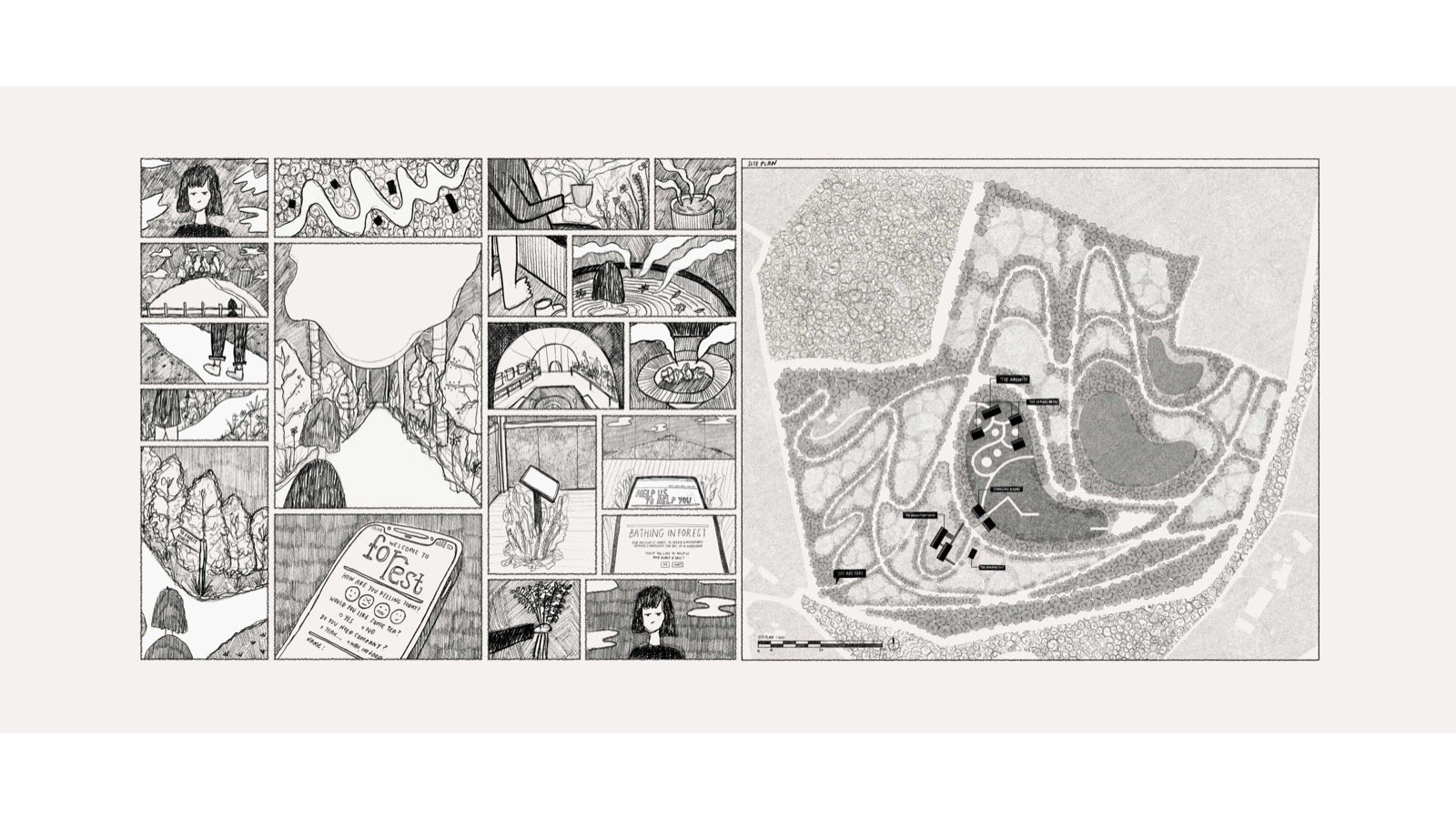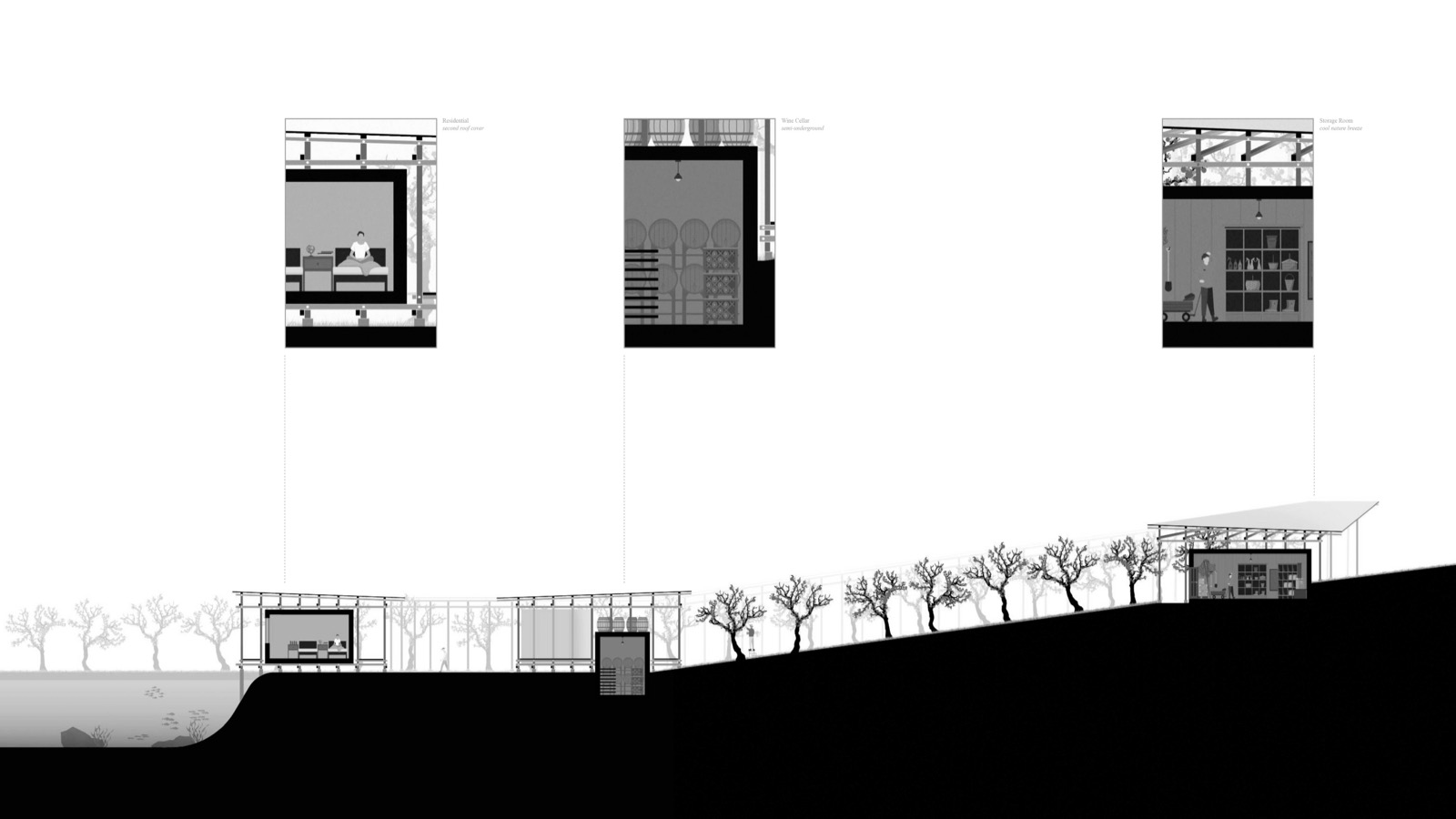Design Studio (Two) Four ARCHIVE
YEAR TWO – DS2.4
Tutors: Eric Guibert and Anthony Powis
Eric Guibert is a gardener architect. He researches through his practice how the design of built and grown architectures can nurture and express dynamic relations between humans and their ecosystems, and ways of creating with their emergence to enhance their resilience.
Anthony Powis is an architect and researcher. He led public space and other projects at muf architecture/art before joining the Monsoon Assemblages research project at UoW. He is currently a Research Fellow at Central Saint Martins.
Fermented Architectures
As part of our ongoing investigations with the architecture of emergent processes and living systems, this year we challenged our students to develop Fermented Architectures in sites in lower and upper Lea Valley. We have understood fermentation both literally (students have designed places of production based on microbiological processes), and as a metaphor for the regenerative design (the projects are lively catalysts, which nurture the ongoing transformation of the socio-ecosystem they are nested in). We have shifted throughout the year between ecological scales, exploring how they shape each other: microbial processes, the human activities they are based on and social structures they reflect, the buildings that host them, and the landscape where key ingredients are produced.
Students’ projects connect material ecological processes with the socio-politics of intentional communities. Within these, several themes have emerged; the architectures negotiate and provide the various climatic needs of different stages of fermentation (e.g. production and maturation), of animals and/or plants, and that of human comfort, in relation to climatic and production rhythms; the materiality of most buildings is compostable, made of grown, and/or locally found materials that can be digested by the ecosystem to return to the ground at the end of their life cycle; the boundaries of buildings are conceived and developed as ecotones – interfaces between ecosystems – which are deep, porous, inhabited by humans and other life, and layered to modify climate.
The landscapes follow agroforestry principles to care for the soil and form habitats and corridors for wildlife. Depending on the ingredients, the designed frameworks mix formal systems of alleys between hedgerows, and informal and dynamically changing forest gardens or pastures, as well as rewilding Epping Forest for hunter-gatherer practices.
These Fermented Architectures have proven to be earthy and systemic; they have challenged our notions of dirt and smell, and have led us to conceive complex interactions between multiple species across scales.










